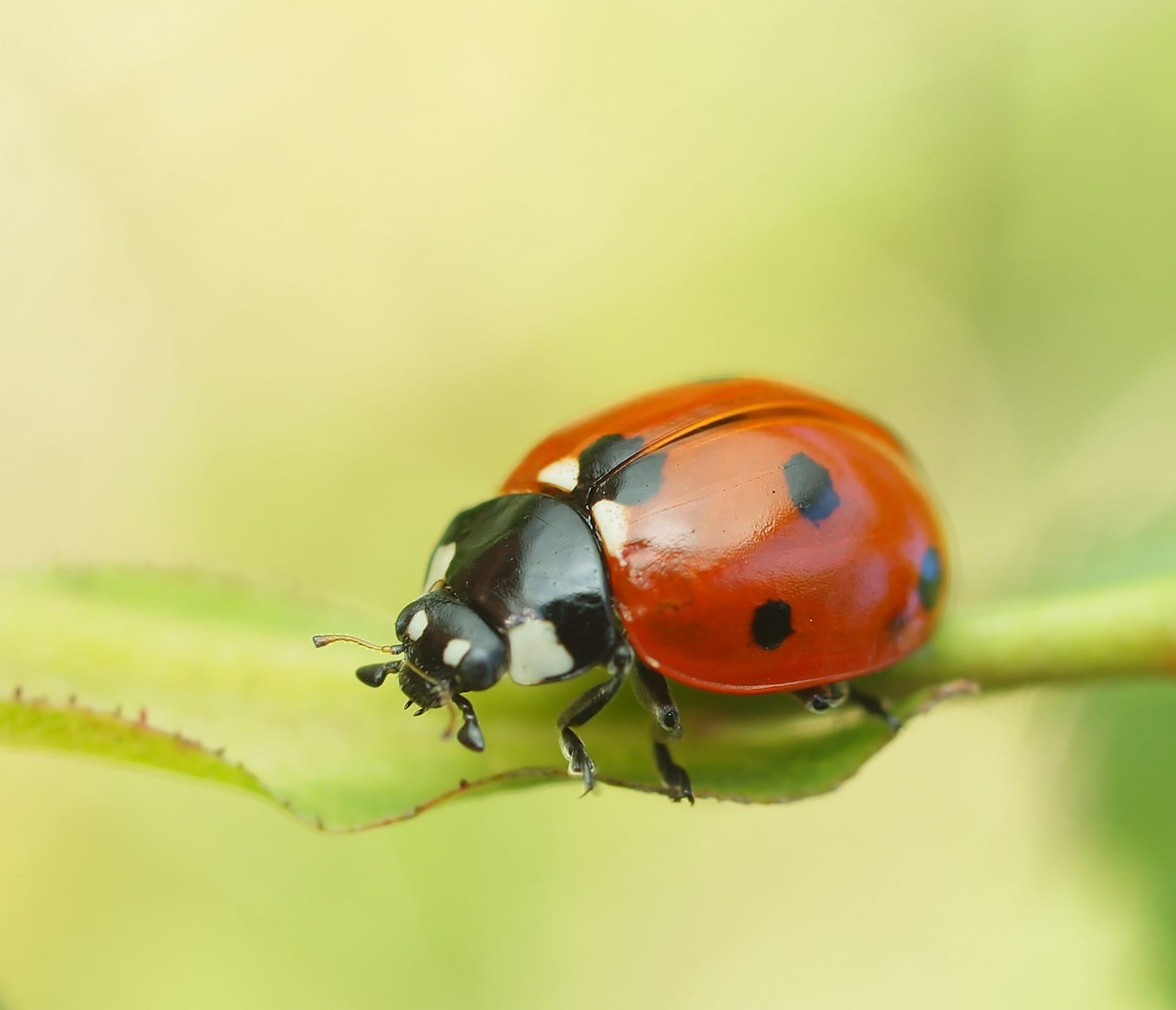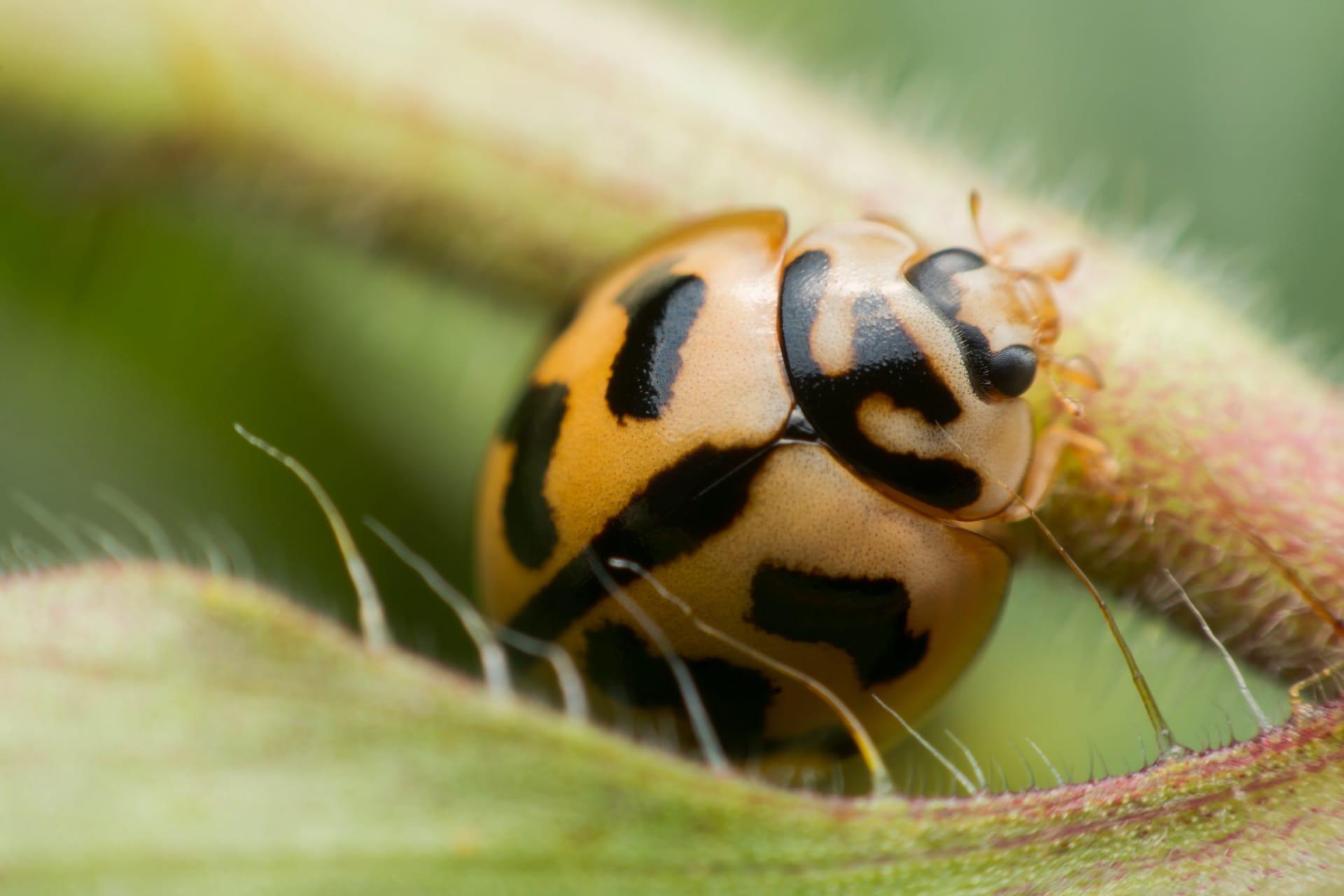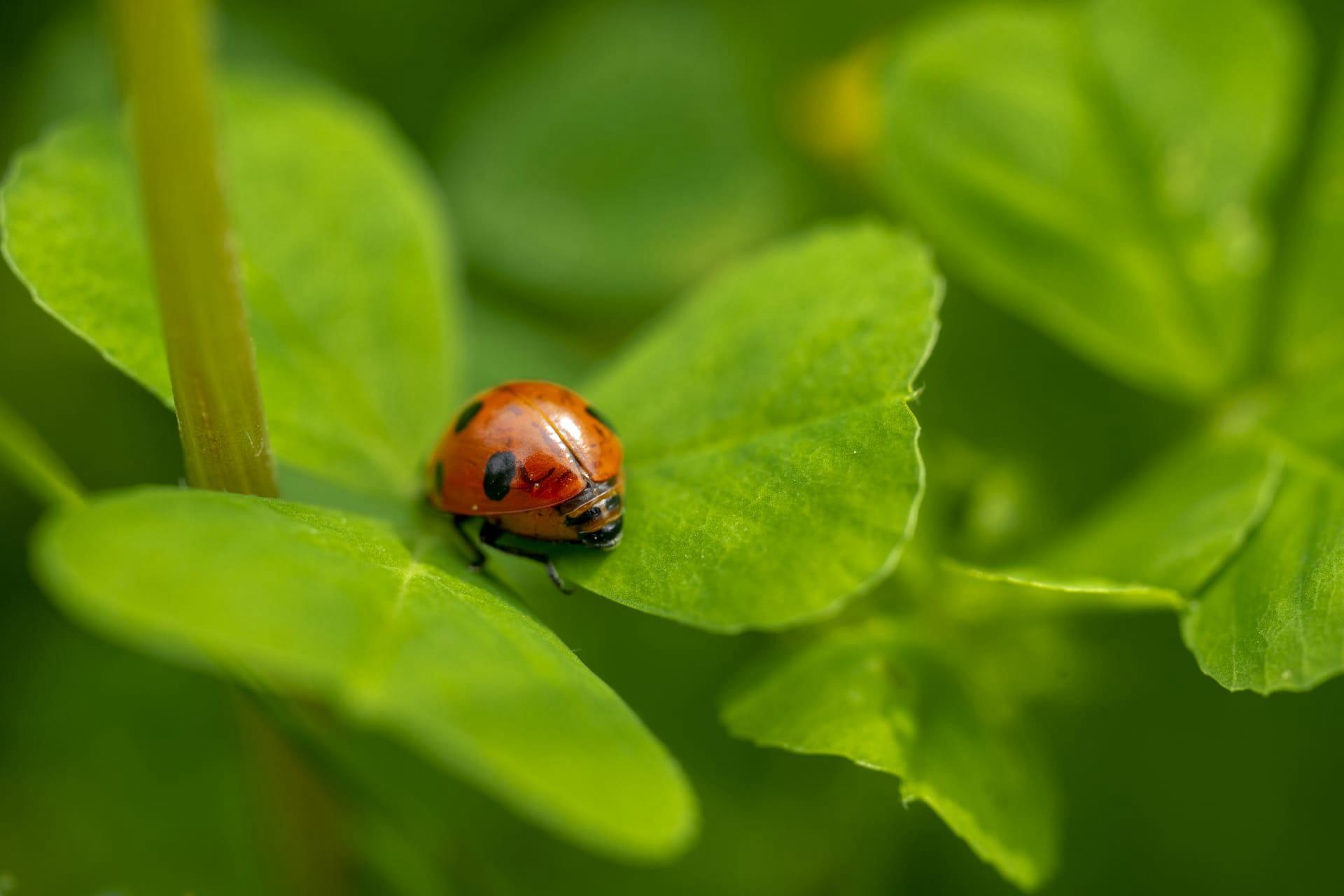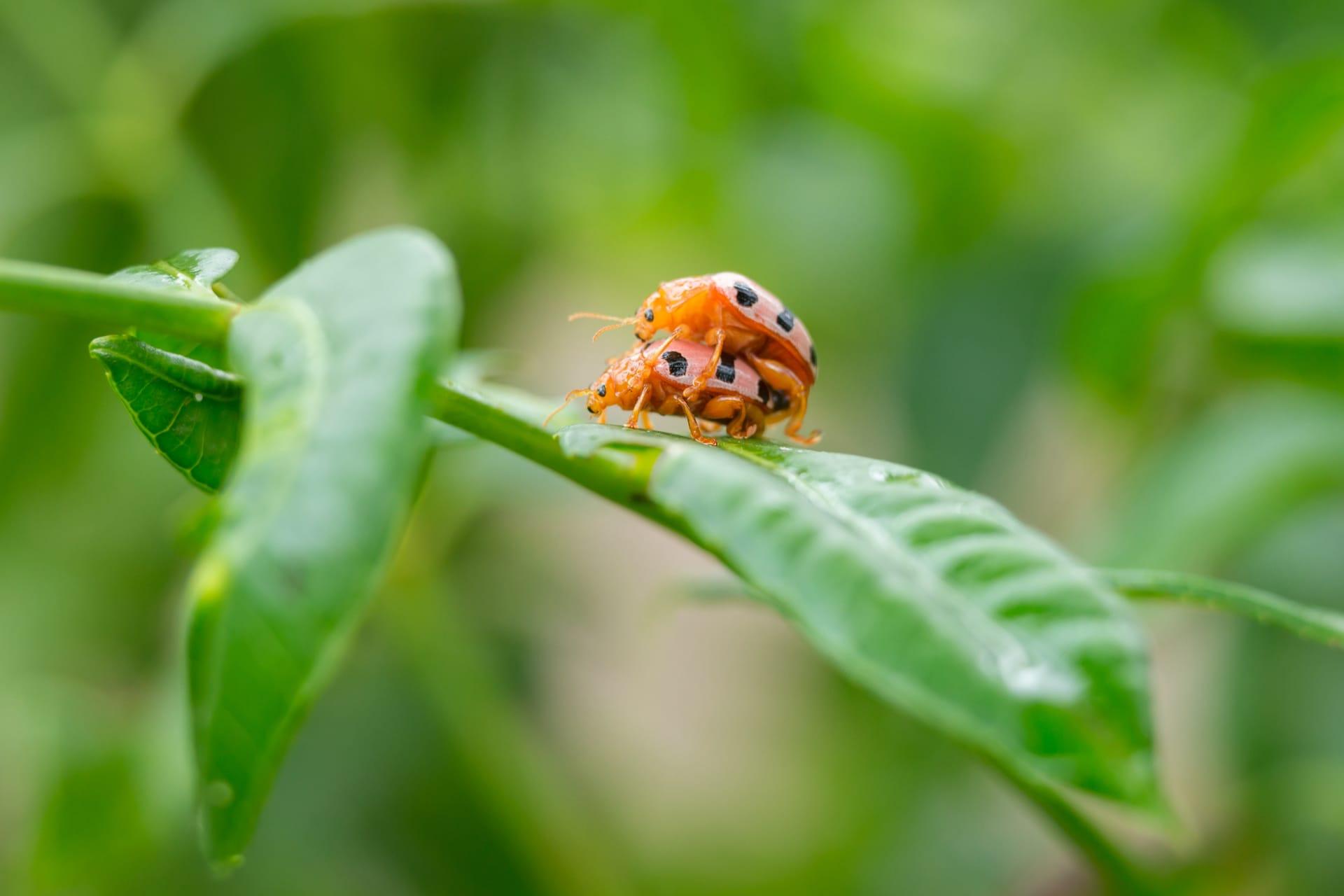Orange Lady Bug
- Home /
- Mini Encyclopedia /
- Animal /
- Orange Lady Bug
1
Orange Lady Bugs, scientifically known as Halyzia sedecimguttata, belong to the family Coccinellidae. This family comprises various species of small beetles, known for their round bodies and vivid coloring. The Orange Lady Bug specifically, as its name suggests, exhibits a bright orange hue with distinctive black spots. It's a striking example of the diversity within the Coccinellidae family, which contains over 6,000 species worldwide.
The Orange Lady Bug is predominantly found in temperate regions, with a wide distribution across Europe and parts of Asia. This species thrives in various habitats, including forests, grasslands, and gardens. They are particularly common in deciduous woodlands, where they can be found on trees, shrubs, and other plants. The versatility in their habitat preference indicates their adaptability and resilience in different environmental conditions. Their presence in these regions is often a sign of a healthy ecosystem, as they play a crucial role in controlling aphid populations.

2
Question: Is it true that all Orange Lady Bugs are harmless and beneficial to gardens?
Answer: While it's a common belief that all ladybugs, including the Orange Lady Bug, are beneficial and harmless, this isn't entirely accurate. The Orange Lady Bug, like many of its relatives, is indeed beneficial for gardens as it feeds on aphids, which are harmful pests for plants. However, in some circumstances, if their natural food sources are scarce, they can resort to feeding on soft plant tissues, potentially causing mild damage. It's important to understand that while they are generally allies to gardeners, there can be exceptions based on environmental conditions and food availability.

3
The survival strategy of the Orange Lady Bug is primarily centered around their diet and reproduction. These beetles are voracious predators of aphids, a common garden pest, making them an integral part of maintaining the ecological balance in their habitats. A single Orange Lady Bug can consume hundreds of aphids in its lifetime, showcasing their efficiency as natural pest controllers.
Regarding reproduction, Orange Lady Bugs lay their eggs in close proximity to aphid colonies, ensuring that their larvae have immediate access to food upon hatching. This strategic placement is crucial for the survival of the larvae, as it provides them with a high-protein diet essential for their rapid growth. The lifecycle of these beetles, from egg to adult, is a fascinating process of transformation, with each stage specifically adapted to maximize survival and reproductive success.

4
In the ecosystem, Orange Lady Bugs play a pivotal role in maintaining the balance of plant and insect populations. By feeding on aphids and other plant-eating pests, they help preserve the health of plants and trees, which are critical for a healthy environment. This pest control also benefits agriculture, as it reduces the need for chemical pesticides, promoting a more organic approach to farming.
Furthermore, Orange Lady Bugs are an integral part of the food web. They serve as a food source for various birds, small mammals, and other insects, making them a crucial link in the ecological chain. Their role extends beyond just pest control, contributing to the biodiversity and overall health of the ecosystems they inhabit.

5
Film: "The Secret World of Ladybugs" is a documentary produced in the United Kingdom in 2019. It explores the diverse world of ladybugs, including the Orange Lady Bug, revealing their crucial role in various ecosystems. The film delves into their life cycle, survival strategies, and the challenges they face in the changing global environment.
Book: "Ladybugs of the World" by Martin Schneider, published in the United States in 2021, is an extensive guide to the different species of ladybugs, including the Orange Lady Bug. Schneider provides detailed insights into their biology, behavior, and the role they play in our environment, making it a valuable resource for enthusiasts and researchers alike.
Book: "Gardener's Guide to Ladybugs" by Emily Stone, published in Canada in 2020, focuses on the relationship between ladybugs and gardening. This book, which includes a section on the Orange Lady Bug, offers practical advice on how to attract and sustain these beneficial beetles in gardens, emphasizing organic gardening practices. Stone combines scientific research with hands-on gardening tips, making this book a favorite among eco-conscious gardeners.